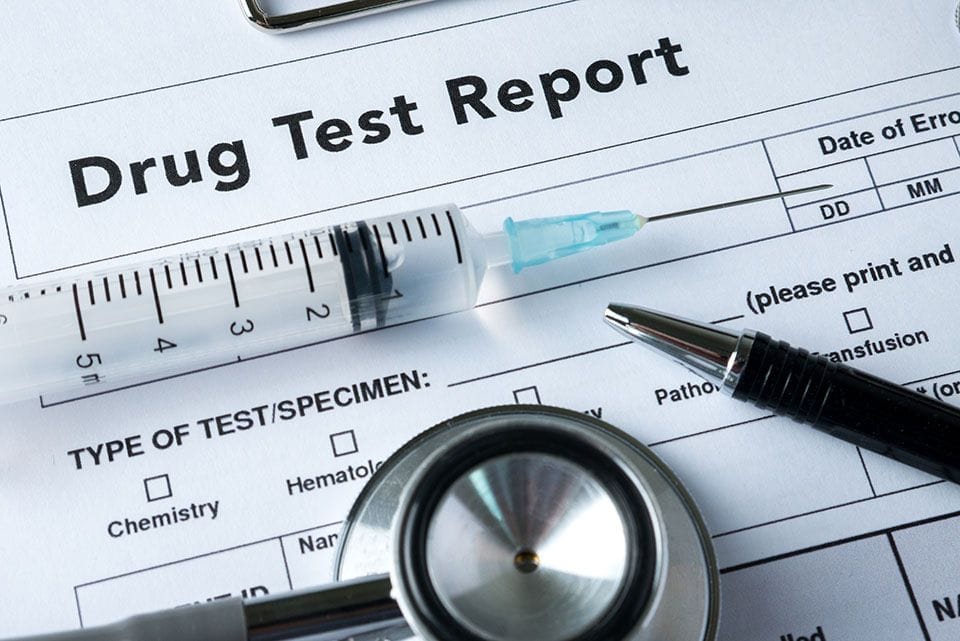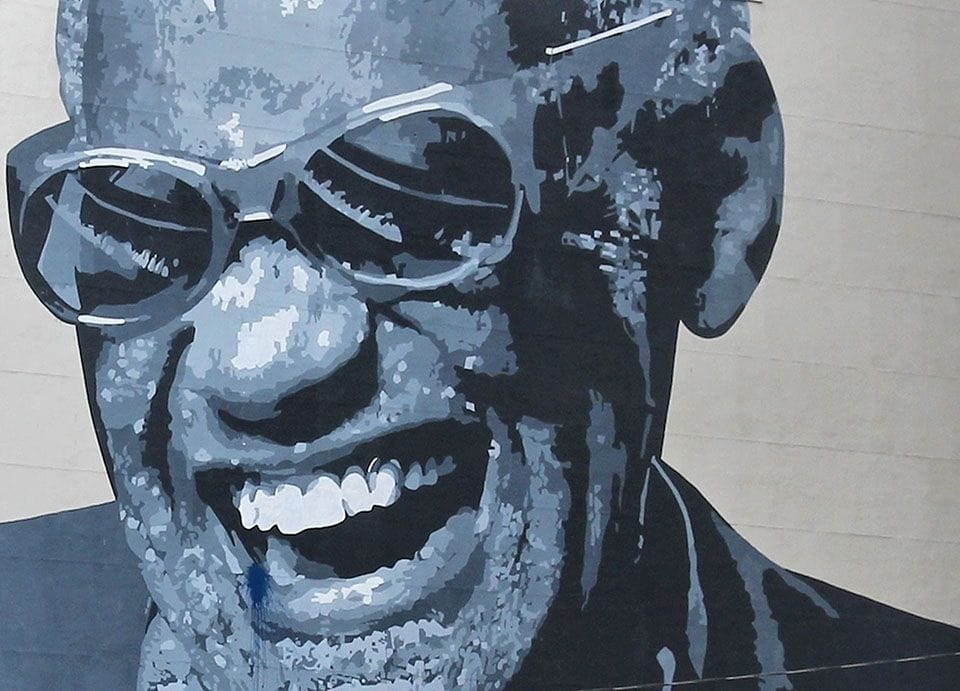Tennessee is one of 12 states that require drug testing of welfare applicants, but initial figures reveal that after six months of the new rules, only a tiny fraction of welfare applicants have tested positive for drugs. Of course, whether or not people struggling with addiction should be discounted from welfare is a political issue, but the actual effectiveness of the approach—whether it’s cost-effective and, more importantly, whether it helps get people in need into treatment—is a factual issue. Sadly for those in favor of the approach, the initial figures are less than promising, with the changes identifying only 37 drug users out of more than 16,000 applications: a mere 0.2 percent of all applicants.
‘Suspicion-Based’ Screenings
Similar bills have been introduced in 10 other states in 2015. However, Florida’s version of the law was ruled unconstitutional by a federal court because it required testing of every applicant for public assistance. This was deemed to violate the protection against unreasonable search and seizure, and, as a result, the newer proposals specifically require that testing be confined to those “suspected” of drug use. In Tennessee, the law is directed at applicants for Families First, which offers a small monthly sum for low-income families with children. The law is protected from being deemed unconstitutional because it depends on a screening: three questions covering whether applicants have used drugs, have lost or been denied a job as a result of drug use or have had court appearances due to drug possession or use in the past three months. If an applicant answers “yes” to any of the questions, it is classed as a reason for suspicion and a drug test has to be completed (and passed) to receive support.
Initial Figures, Problems With Approach
The figures for the first six months of the drug screenings are not particularly encouraging. There were 16,017 applications for Families First between July and December 2014, and only 37 tested positive for drugs. Additionally, 81 applicants couldn’t receive benefits because they didn’t complete the questionnaire—stopping at some time between the drug screening questionnaire and completing the application. Even assuming (potentially unfairly) that all of these 81 applicants would have tested positive for drugs, this still only equates to 0.7 percent of all applicants being identified as drug users and denied support. The total cost of the program was just under $5,300, with $4,215 going to the testing—a cost of around $15 per test. The statistics call the validity of the strategy into question, particularly whether the assumption that poor welfare applicants are more likely to use drugs is supported by evidence. The approach is applied to poor families, but other recipients of federal benefits, like veterans, farmers with crop subsidies and college students on low interest loans, are not required to go through the same process. Hedy Weinberg from the American Civil Liberties Union of Tennessee commented, “You are requiring more than 16,000 people to be screened for drug use based on the assumption that people who receive public assistance are more likely to use illegal drugs. There’s no evidence to indicate that’s true.” There are other, more obvious problems with the approach. If you were a drug user in desperate need of financial support, what is there to stop you from simply lying about your drug use? If you say “no” to all of the questions, there can be no drug test. Finally, since it’s a family benefit, there is the question of whether it’s morally right to refuse help that would provide children of addicts with a better quality of life just because of their parents’ addiction.
Does It Help People Get Into Treatment?
Of the 37 who tested positive for drugs, only 25 were referred to substance abuse treatment, and just five enrolled. If the true goal is getting people into treatment, the program seems incredibly inefficient—the cost for each person enrolled in treatment is over $1,000. More people may have been successfully identified and helped if failing the test didn’t mean losing entitlement to financial support for their families. As a result, some argue that the goal isn’t really to get people into treatment, but to reduce spending on welfare. Ben Middleton, who operates a local network of rehab facilities, said, “The law was written with another purpose: to save money,” and added that he doesn’t think it’s going to scratch the surface when it comes to treating addiction.
A Better Way to Help
The initial statistics show less than impressive results for the program, and the few applicants successfully prevented from receiving financial support predominantly didn’t enter treatment. The punitive nature of the program encourages lying on applications, and the ones who really suffer from honest responses and positive drug tests are the children and families of addicts. Whatever your political opinion on welfare entitlement for drug users, it’s clear that if we want to help people with addiction, the focus should be on directly helping people get into treatment, not setting up easily-avoidable barriers to obtaining much-needed financial support for the poor.


